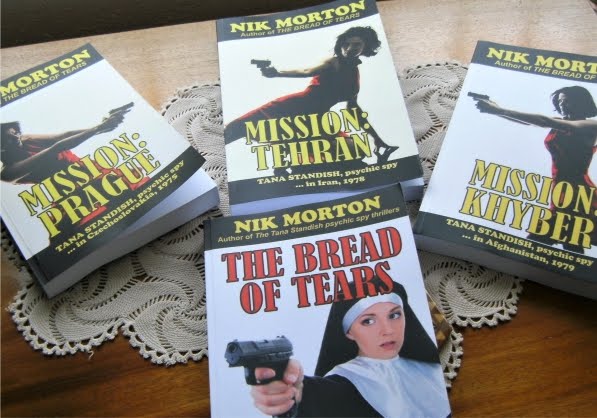Brian
Klein’s debut novel The Counterfeit
Candidate (2021) – was written during Lockdown, doubtless one of many
resulting from that misguided response to the Covid-19 pandemic.
The book is based on the widespread premise that Hitler did not actually die in the ill-fated Berlin bunker in 1945. Stalin believed the Führer had escaped – as did many other conspiracy advocates.
The main action takes place in 2012, in Buenos Aires and San Francisco.
Chief inspector Nicolas Vargas of the BA Police Department is investigating an audacious bank heist, where hundreds of safe deposit boxes have been stolen. Puzzlingly, as he begins to track down the culprits, he comes up against a dead end – and dead crooks, all of whom were tortured before they were executed.
A tenuous link leads to San Francisco and the powerful Pharma group The Franklin Corporation. The head of this corporation is Richard Franklin, whose son John has just secured the Republican Presidential nomination which is highly likely to lead him to the White House.
Vargas enlists the help of San Francisco Lieutenant Troy Hembury, a 50-year-old muscle-bound African American, to investigate.
Their probe is soon fraught with lethal danger...
Spelling out anything else would spoil the story. This is fast-paced writing, with slick scene shifts and flashbacks, to be expected from an accomplished television director with over 25 years’ experience.
Pick it up and you won’t want to put it down until the end.
And then there’s the sequel, already out: The Führer’s Prophecy which again features Vargas and Hembury, some ten years after the events in the first book.




































